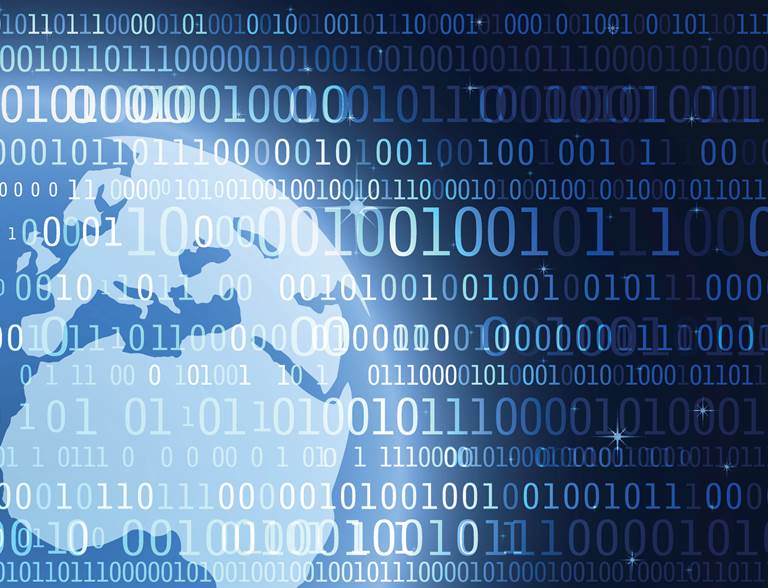
The circular economy a very relevant development for financiers
This is different than our current, linear model, where a lot of products sooner or later ends as landfill or gets burned as waste.
The document focusses on the financial side of this circular economy: “Investing in the new industrial (r)evolution - Insights for asset owners and managers financing the circular economy”, with authors of UBS, Merrill Lynch and Circularity Capital. There is also an essay from PGGM’s Frido Kraanen – below you find a summary of the essay.
For centuries, most traditional economies have barely budged from a linear model of production whereby goods are created and, once used, more or less forgotten. These products may be out of sight, but they have not disappeared; they are in landfills or waterways for hundreds of years. As the challenges of pollution, fresh water access, and resource availability become more pronounced, the utility of these linear production processes is finally being called into question. What if products could be created to be functional from beginning to end? That’s the vision of a “circular” economy, which is not “resource efficiency” or “smarter recycling”; rather, we’re referring to a design and production process which consciously considers a product’s entire lifecycle.
PGGM founded the Working Group FinanCE, where now fifteen organizations (investors, banks, accountants, academics) are studying the consequences of an economy that will be increasingly based on circular principles. At the beginning of 2016, the working group published its inaugural report, Money makes the world go round (and will it make the economy circular as well?). Given the current and pending resource scarcity of multiple, critical material inputs in the coming years and decades plus the resultant impact on prices and therefore business survival itself, a linear economy is simply not sustainable. This is not some wish by a green activist, but a fact-based economic forecast.
I submit to you five reasons why the transition to a circular economy is very relevant for financiers:
- Increasingly, a linear business carries financial, reputational and business continuity risks.
- Businesses have been positioning themselves to become more sustainable so as to better handle increasingly dynamic and challenging global conditions.
- Engaging with circular entrepreneurs provides us with an opportunity to see the future and improve our knowledge of an economy that is more considerate of a product’s lifecycle.
- Non-financial value is of growing importance for a growing number of company stakeholders.
- Banks and investors, besides being “the money,” have a duty to use their positions of influence as a steering tool.
In short, just as with any investment opportunity we undertake, the circular economy is about opportunities, risks and impact. The macro-economic gains of a circular economy look very promising, like GDP-growth, a positive effect on the labor market, less resource dependency and less societal costs from negative externalities. The transition to a circular economy would be a true systemic change. However, we see that all stakeholders are still thinking of the linear economy as a default model. This huge, unavoidable change of our economies will mean a reset of our financial rules, attitude and assessments. And the sooner, the better. A managed transition, with the financial industry playing a major role, will be quicker, less costly and more effective – a true financial benefit!
Share or Print Article
click on the icon


